How to grow a 12-meter climbing vine Diana from seeds
A large liana with tree-like shoots and beautiful foliage and flowers looks spectacular on monumental fences, covering the walls of a house or a brick fence. And these are just a few design solutions for your summer cottage using this shrub.
The Diana tree-nose plier is not capricious - the main thing is to follow the recommendations on agricultural techniques during reproduction and care, and the shrub will thankfully spread a wide canopy of foliage.
Description
Diana is one of the varieties of the climbing tree, Celastrus, which belongs to the genus of birch barks. At least 30 subspecies of this plant are known. In nature, woodworm grows in mixed forests, bushes and on steep sections of the banks of water bodies. We also call him "red bubble". The plant uses shrubs or trees for growth, twisting them in a spiral in a counterclockwise direction.
The red bubble is fixed on the trunks with the help of thorns digging into the body of the trees. In this case, the vine feeds on the juices of the donor plant, which gradually dries up and dies without human intervention.
For design solutions on the personal plot, the wood-nose pliers are provided with artificial support. The shrub is attractive for its fast growth of long shoots and dense foliage. The maximum length of the vine is 12 m. By autumn, the bright green foliage begins to turn yellow, bringing an additional color shade to the general extravaganza of colors.
Important! The plant is completely poisonous, which is necessary to warn children about if they are resting in the country.
Reproduction methods
Adult plants are obtained in two ways:
- root cuttings.
- from seeds;
For planting by the first method, you will need to purchase it in the store in the fall, ask your neighbors or cut cuttings of roots from your Dian, 70-100 mm long and at least 5 mm in diameter. A trench is carefully dug next to the mother bush. Well-developed roots are cut off from the main one, placed in boxes, covered with sand and stored in this form throughout the winter in the cellar.
In the spring, for better development of the bush, the cuttings are pre-soaked (15-16 hours before planting) in a growth stimulator, experienced gardeners recommend a 0.01% Heteroauxin solution. A trench is dug in the place reserved for the vine, and shoots are planted in it, in the order they will develop in the future. If you are not sure that the cuttings will be accepted, plant 2-3 shoots in 1 hole, then choose the strongest, and transplant the rest to another place or discard.
If the cuttings were in the school, the grown vine is moved to a prepared place after 2 years. Such a bush will bloom for 4-5 years.
Growing from seeds
Growing from seed takes more time to produce a beautiful curtain, although the first seedlings will hatch from the soil within 30 days. However, this method is popular with gardeners.
In open ground, seeds are planted either in the spring, after the establishment of warm weather, or in the fall, before the first frost, around October. The woodworm begins to bloom only 7 years after planting the seeds.
If planting is carried out in the pre-winter period, the collected seeds are cleared of mucus and dried for 10-14 days. Then the finished seeds are sown in open ground and covered with fallen leaves or foil. Sowing after the snow melts and the onset of warmth allows Diana to hedge against a long spring, snowless winter and other unfavorable factors.
In any case, work begins with the preparation of the seed.
Stratification
In order to "wake up" the grains, they are exposed to cold no later than the end of March. In addition to the seed, an interlayer is required: river sand, crushed peat, sphagnum moss or filter paper. The sand must be calcined to remove possible pathogens.
For one part of the seeds, two parts of the layer are taken, the mass is mixed, strongly moistened and placed in the cold for 48-72 hours. During this time, the seeds should be periodically mixed and additionally moistened when the soil dries. After 3-4 days, the grains swell, and the mixture is transferred to boxes with lids or other suitable container. The main thing is to have holes for water to drain and a cover with ventilation holes (to protect against rodents). The soil layer should be no higher than 200 mm.
Then containers with seeds are placed in a refrigerator or in a cold room with a constant temperature. Every 10 days, you need to control the moisture content of the soil and loosen it. This process continues until sprouts appear on the seeds. Under favorable weather conditions, the hatched seeds dive into the school or into the prepared holes, 2-3 pieces each.
Advice! During the seed germination stage, add a small amount of moss or peat to help create better conditions for the embryos.
Planting grown plants or seeds in open ground
The woodworm grows easily on almost any land and in any light. The best soils are loam, sandy loam soil with a low or neutral percentage of alkalinity.
The time for moving seedlings to the site is the end of April-May or autumn, starting from the end of September. It is recommended to slightly deepen the root collar, and cover the trunk circle with a layer of mulch. The best age for planting seedlings is 24-36 months. One-year-old shoots take root much less frequently.
At a distance of 1 m or a little further, a hole is dug, 600 mm deep and up to 500 mm in diameter. A reliable mast is driven in nearby, which will support the weight of an adult plant. A good support is also a wall of a house or a gazebo.
Important! Plant the woodworm away from other plants, or be careful not to overtake young shoots from neighbors.
A layer of humus is immersed in the hole, then the upper fertile layer from the garden. Then water is poured, a sprout is placed and covered with the remaining earth. It is better to grind large lumps beforehand so as not to damage the delicate roots or sprouts on the seeds. The soil is filled up in small portions, and the plant constantly twitches upward. Such an operation will allow the roots to straighten and leave loose soil under them.
The soil is poured to a certain level and watered. Filling the hole with a layer of mulch is completed, which will maintain a constant moist and loose soil for the woodworm.
Liana care
Growing and caring for Diana's climbing woodworm does not require much effort. The operations are simple and affordable even for a novice gardener.
Diseases and pests
Diana has practically no enemies in nature, and the woodworm is immune to diseases. With strong, excessive watering, root rot develops. To fight, you will need to reduce watering. If this was not enough, it is recommended to add copper sulfate treatment or sprinkle it under the bushes of wood ash.
Watering requirements
During the first 2 years of life, the plant should be watered more often and with plenty of water. Immediately after the soil dries up, it must be loosened and a layer of mulch is added. You need to monitor the foliage of the plant - this is a natural sensor that will tell you how often the woodworm needs moisture. In extreme heat, with insufficient watering, the foliage begins to lose its color brightness, withers.
After 3 years of life, watering is slightly reduced: the vine becomes drought-resistant. However, you should still loosen the soil and add mulch. An adult plant will need only 60 liters of water during the season for three waterings.The main thing is to maintain a loose soil with a good layer of mulch in the trunk circle and prevent the growth of weeds.
Pruning rules
The procedure is carried out throughout the entire calendar year. In winter, it is recommended to remove frozen or weakened shoots. This work is best done in February. At the same time, the old main lashes are trimmed to length so that in the spring the young shoots receive sufficient nutrition for development and growth.
In the spring, after the warmth has been established, sanitary pruning of the lashes, frozen during the spring frosts, is performed. If the crown was not thinned out in the fall, excess branches are removed to relieve the bush. During the season, the plant gives growths of up to 2.5 m, so you can safely shorten old vines.
In the summer, all shoots are shortened - to slow down their development and the development of the root system of the bush. In autumn, weakened or damaged branches are removed, the crown of the vine is thinned out.
Top dressing creepers
Top dressing is carried out 2 times a year. In spring, any dry complex fertilizer is used, which is applied to the trunk circle of the bush, to a depth of 150 mm. It is best to do this before watering so that the food reaches the roots faster. In the fall, before the last moistening, mineral fertilizers of the phosphorus and potassium group are scattered in an even layer, then the bushes are watered and covered with a layer of mulch. There is no need to cover Diana's root system.
Each gardener, without great difficulty, will decorate his site with a curtain of bright woodworm lianas or a twisted, shady gazebo, in which it is so pleasant to sit with your family in extreme heat. The main thing is to have patience and attention, and a 12-meter thick and beautiful vine will be your reward.
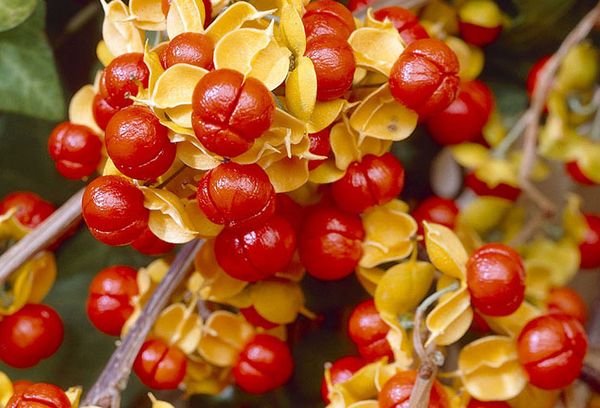
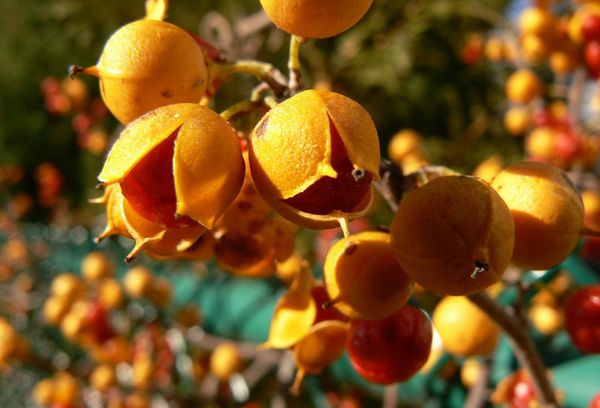
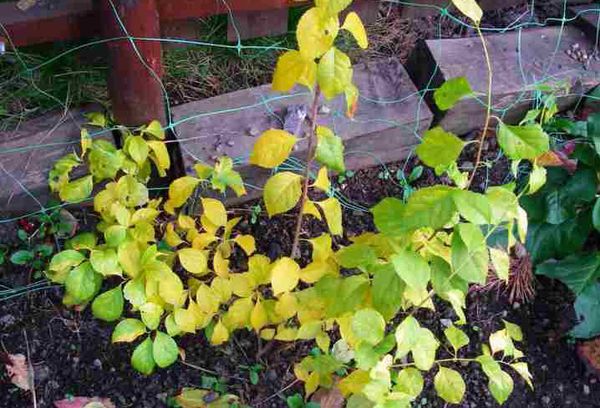
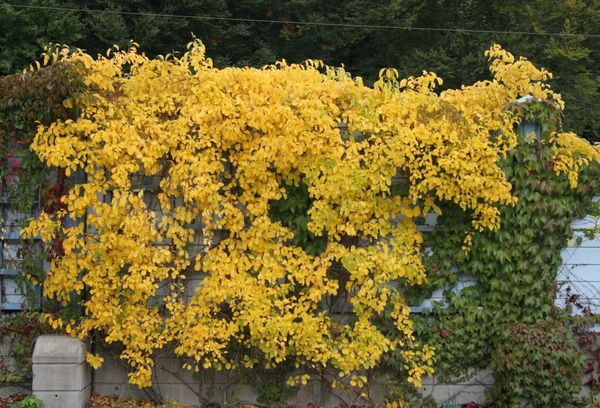
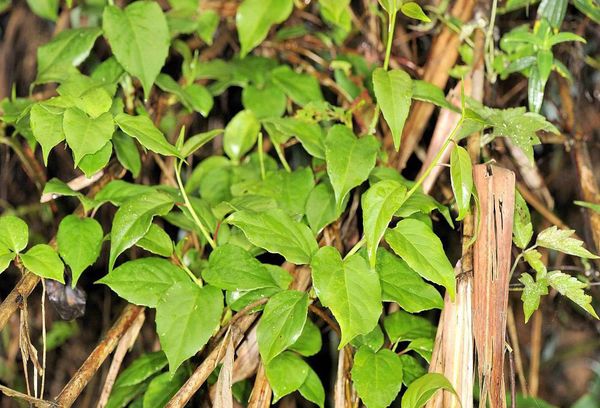
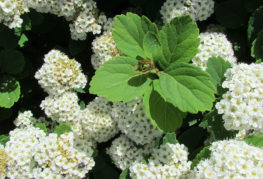
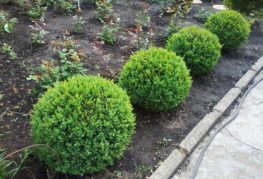
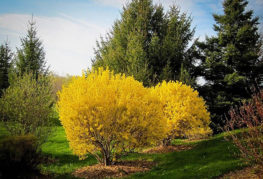
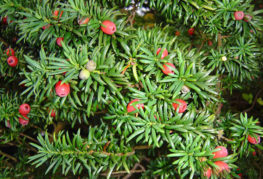
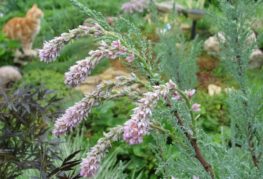
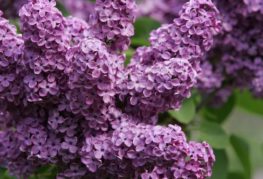
and will be published shortly.